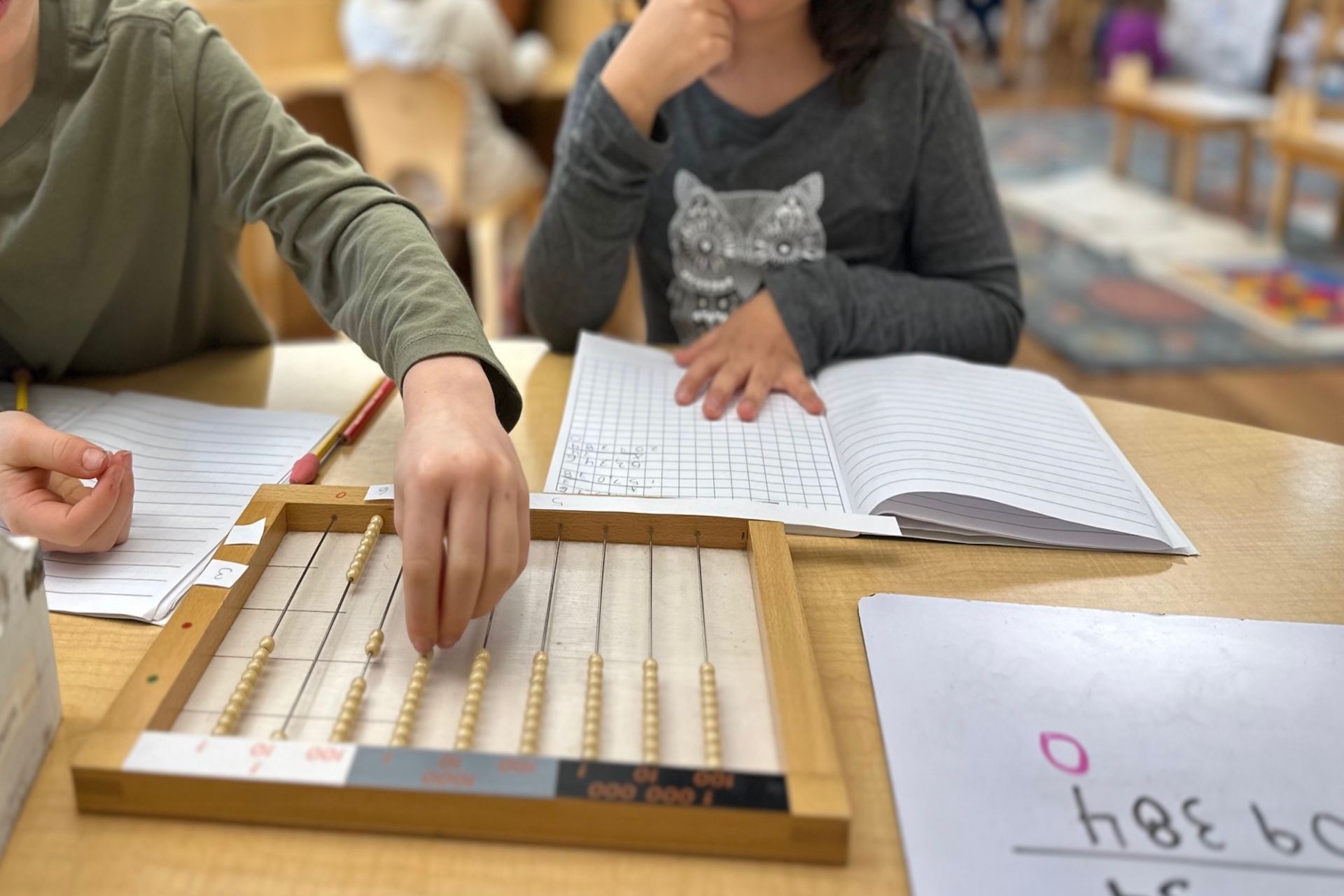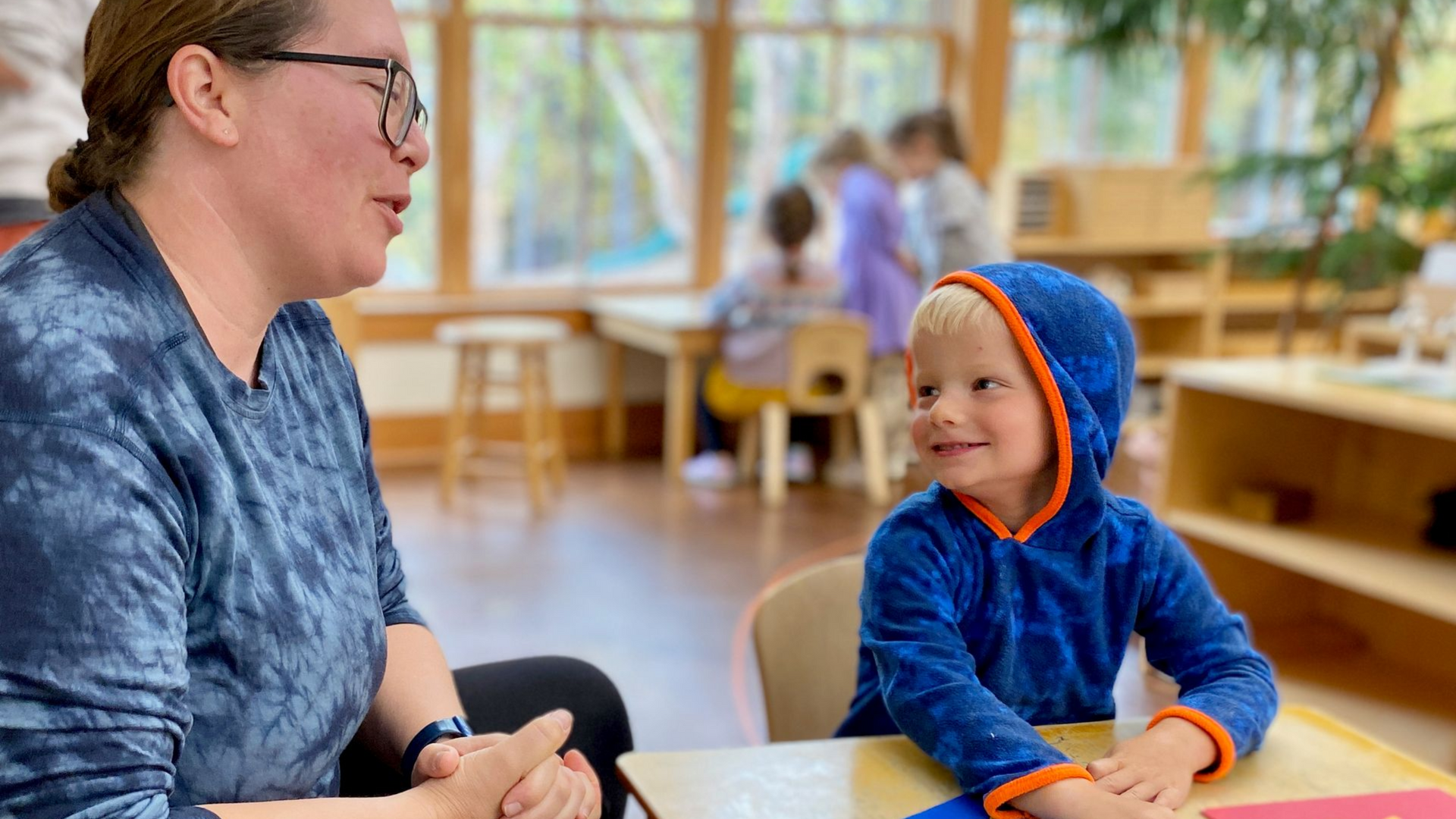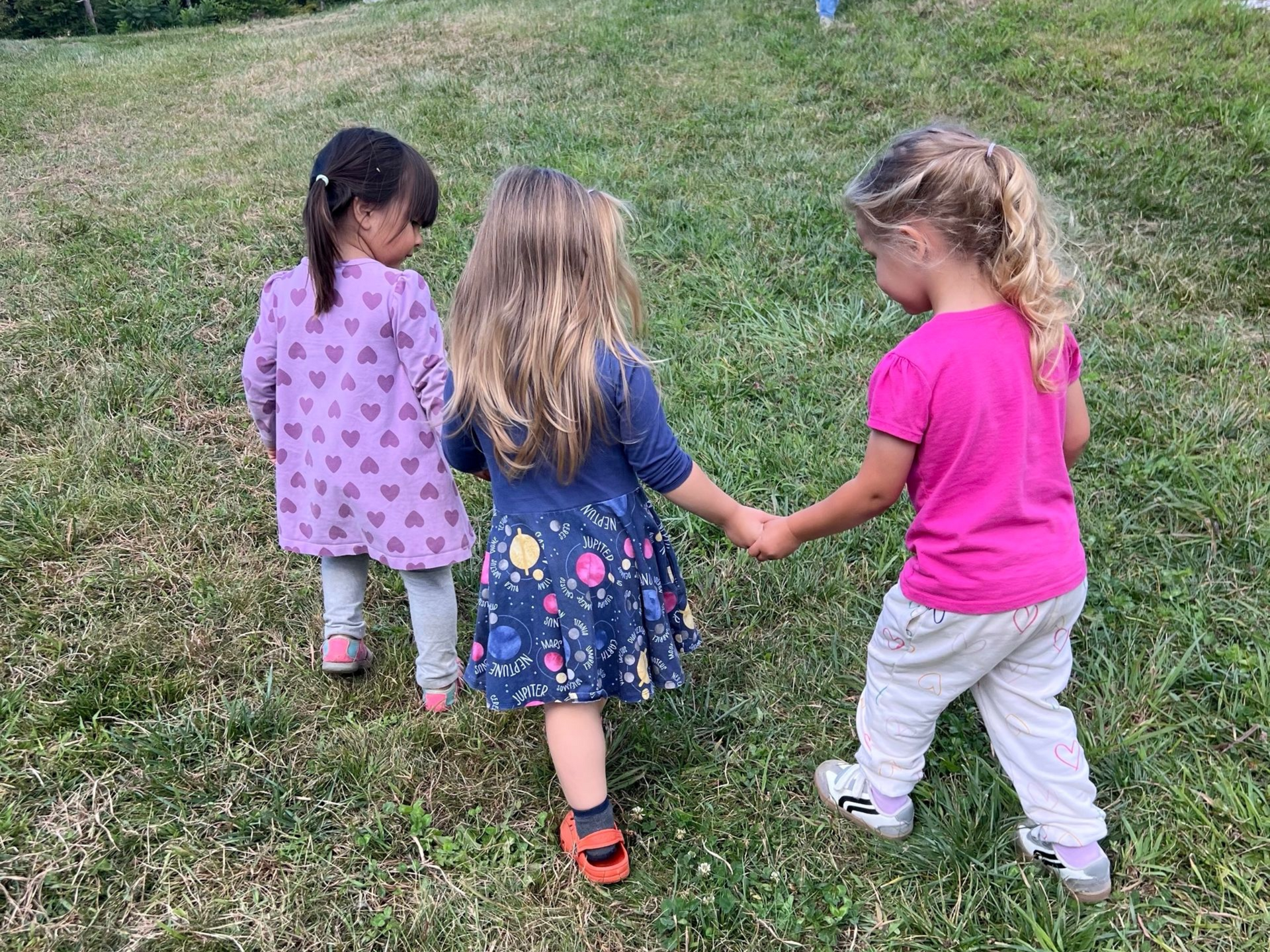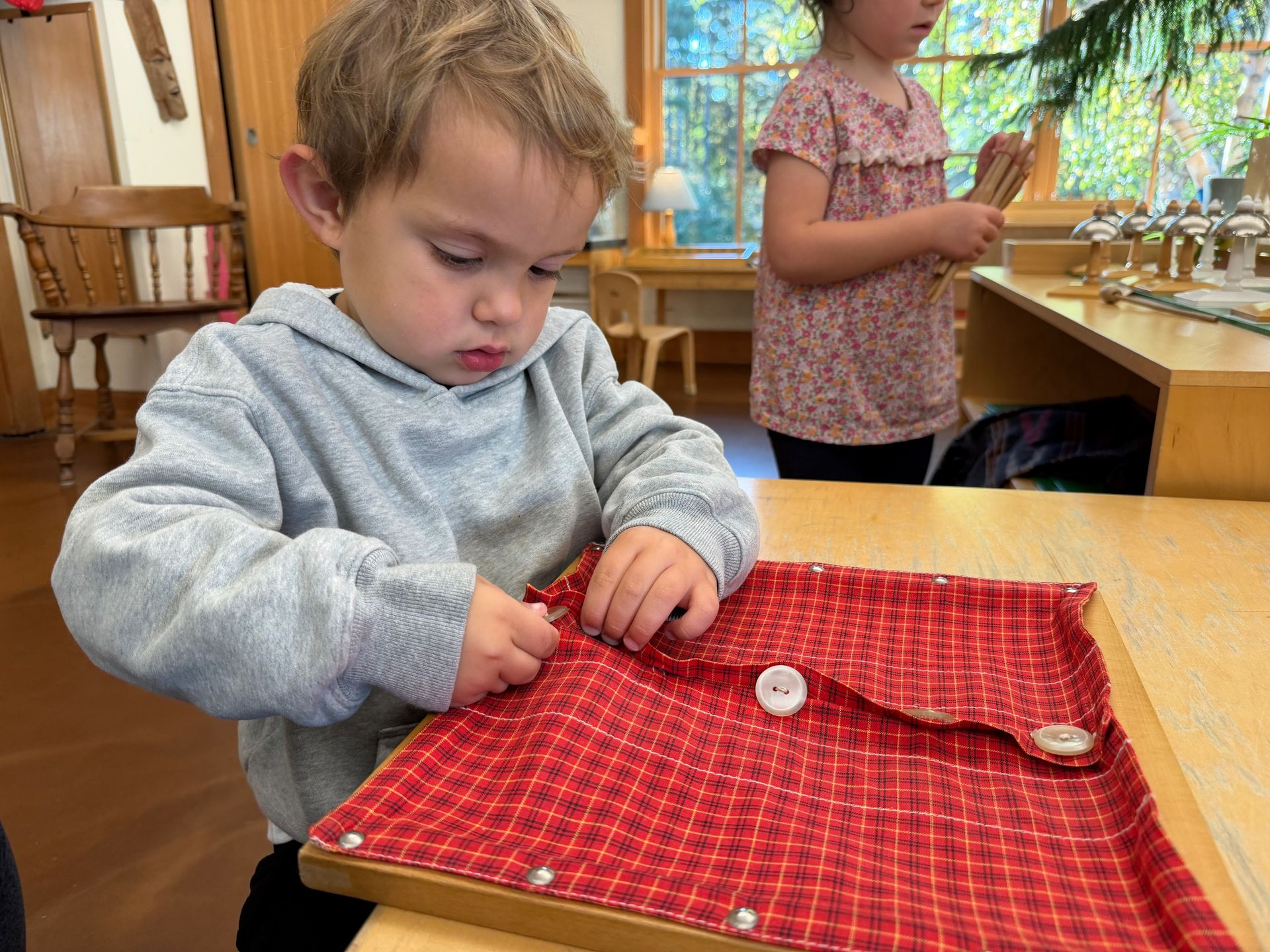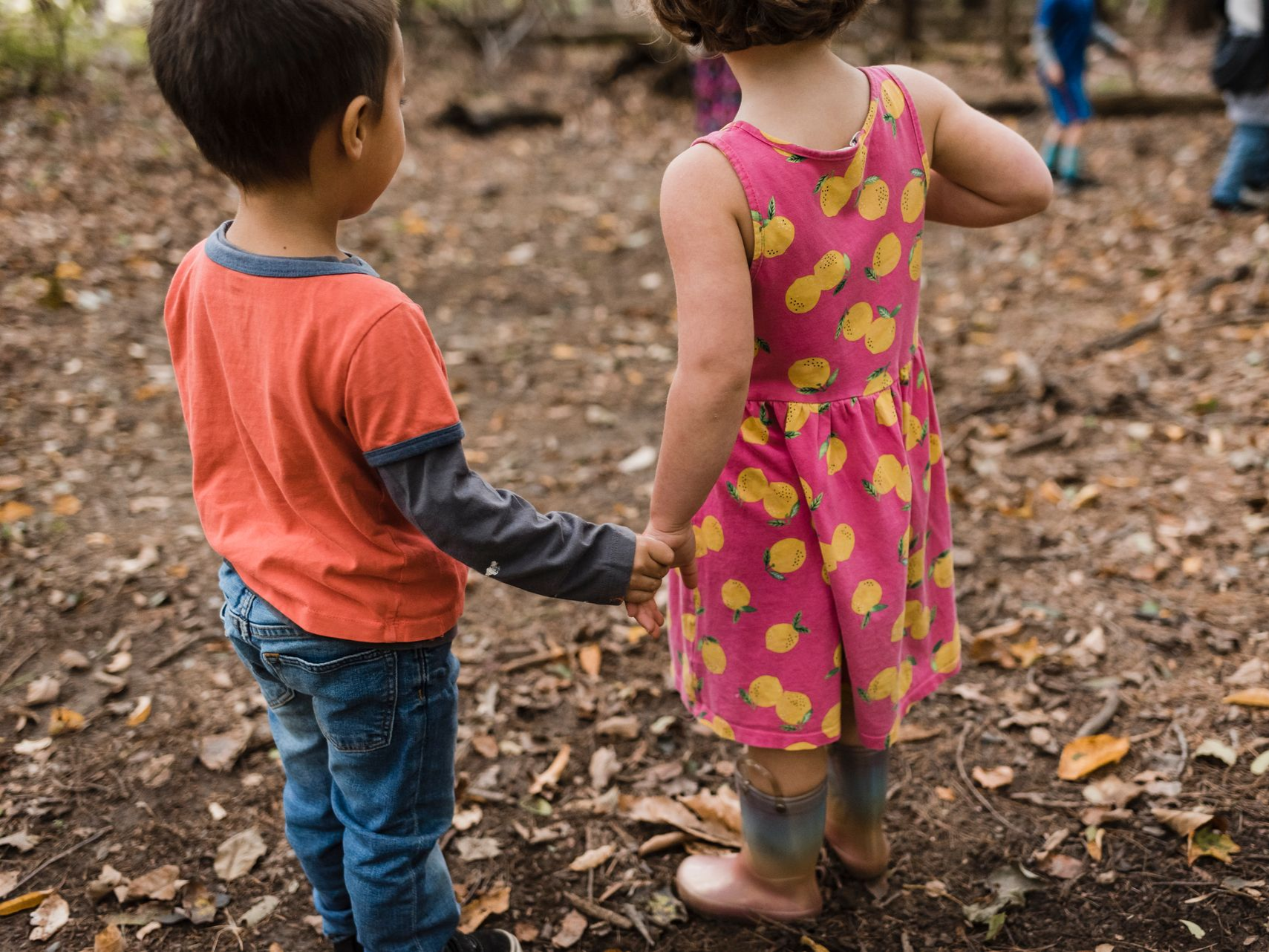Books About Trees
Meagan Ledendecker • June 1, 2020
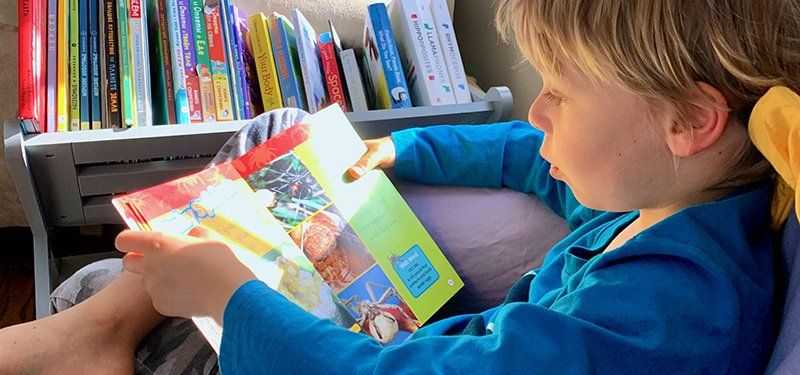
It’s hard to imagine our world without trees. Silent and towering, they give us far more than we give them. Our children have a natural fascination with trees, and we can often see this from the time they are very young. This week we celebrate these magnificent plants with a list of books that we hope will inspire and cultivate awe and the desire to give trees the care and love they deserve.
Trees
by Carme Lemniscates
Lemniscates’ stunning illustrations are the star of this book for young children. Infants, toddlers, and preschool-aged children will enjoy the simple text and the basic plot of trees changing during different seasons. You can find a video reading of this book on YouTube.
Red Leaf, Yellow Leaf
by Lois Ehlert
This book has been loved by generations of children. In lieu of more typical illustrations, Ehlert utilizes interesting materials to create collage on each page. Children will learn important factual information about the lives of trees, specifically within the context of the narrator’s beloved sugar maple. Here is a reading of this book on YouTube.
Maple
by Lori Nichols
Maple is the name of a young girl, but it is also the type of tree her parents planted in celebration when she was born. Maple and her tree grow up together, and as an only child, her tree often serves as a trusted companion. Maple does not remain an only child forever, and her trusty tree helps ease her into sisterhood (with baby Willow). Video reading of this book on YouTube.
Who Will Plant a Tree?
by Jerry Pallotta, illustrated by Tom Leonard
Renowned children’s author Jerry Pallotta created this book to teach young children how many living things unknowingly help plant seeds. Tom Leonard’s illustrations help convey the various ways seeds might hitch a ride: stuck to fur or feathers, buried, dropped, pushed along in the water, and (much to children’s delight) pooped out. Read-aloud video on YouTube.
The Great Kapok Tree: A Tale of the Amazon Rain Forest
by Lynne Cherry
A young man enters the rain forest intent on cutting down a kapok tree. Lulled to sleep by the heat of the jungle, he rests against the tree’s trunk for a nap. While he sleeps, various animals whisper their pleading requests that he reconsider. When he awakes, finding himself surrounded by those he dreamed about, he decides to leave the tree (and all those who rely on it) alone. Video reading of this book on YouTube.
Wangari’s Trees of Peace: A True Story From Africa
by Jeannette Winter
Wangari grew up “...under an umbrella of green trees in the shadow of Mount Kenya in Africa.” She was fortunate enough to have an excellent education, eventually traveling to the United States to earn degrees in biology and science (as well as advanced degrees in Germany and Kenya). Upon returning home to Kenya, she was shocked to find the trees she once loved had vanished. Ignoring the naysayers, she taught the women of Kenya to plant one tree at a time, creating economic independence for families and restoring the natural state of her beloved nation.
You can find a reading of this book on YouTube.
The Tree Lady: The True Story of How One Tree-Loving Woman Changed a City Forever
by H. Joseph Hopkins, illustrated by Jill McElmurry
Born in the mid-nineteenth century, Kate Sessions adored trees. She grew up surrounded and inspired by them. She attended UC Berkeley, where she was the first woman to receive a degree in science. A move to San Diego, which was mostly barren in terms of trees at the time, inspired her life’s work. With the cooperation of city officials she began planting a wide variety of trees, some of which remain to this day. Sessions transformed both the landscape of the city and the perspectives of its people.
Video reading of this book on YouTube.
Ultimate Explorer Field Guide: Trees
by Patricia Daniels
Created specifically for children, this field guide is filled with enticing illustrations, diagrams, photographs, and helpful information. Beginning with some important general information about trees, the book covers a wide variety of the more popular trees one might encounter. Created by Daniels for National Geographic Kids, this book is an excellent option for kindergarten and early lower elementary children.
Peterson Field Guides to Eastern Trees
and Western Trees
Peterson’s field guides are, in our opinion, some of the best available. If your child is interested in trees, or if you would like to try identifying some near you, these books will prove to be invaluable. Montessori children are accustomed to classifying and identifying various organisms due to their in-depth study of biology; field guides are an excellent resource to support curious learners and those who love nature.




